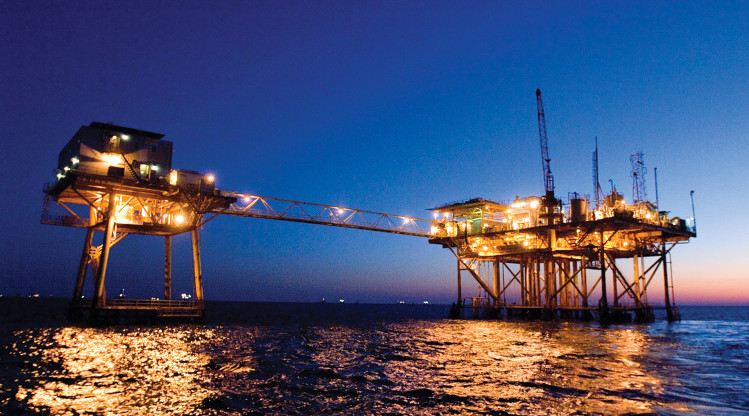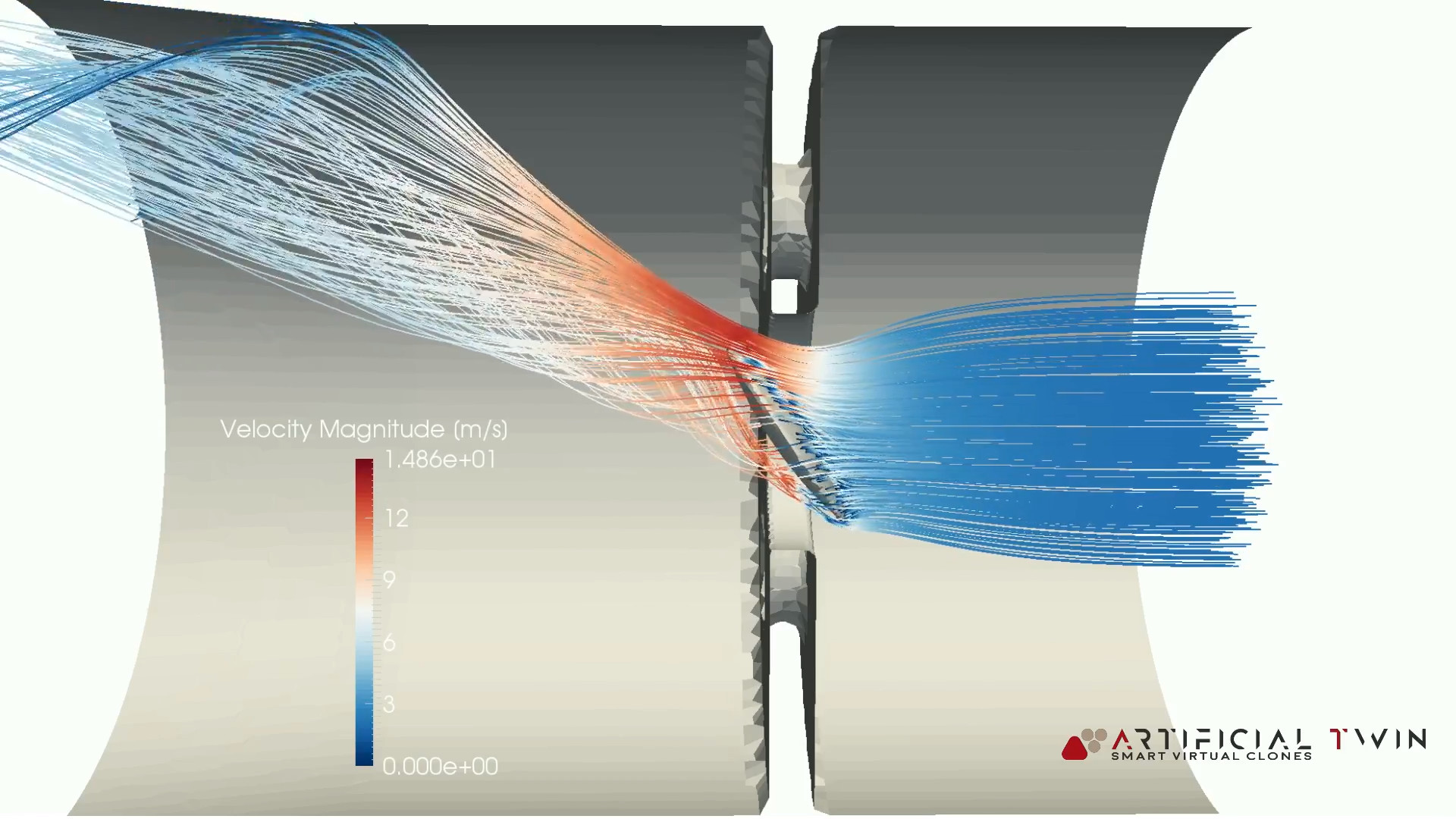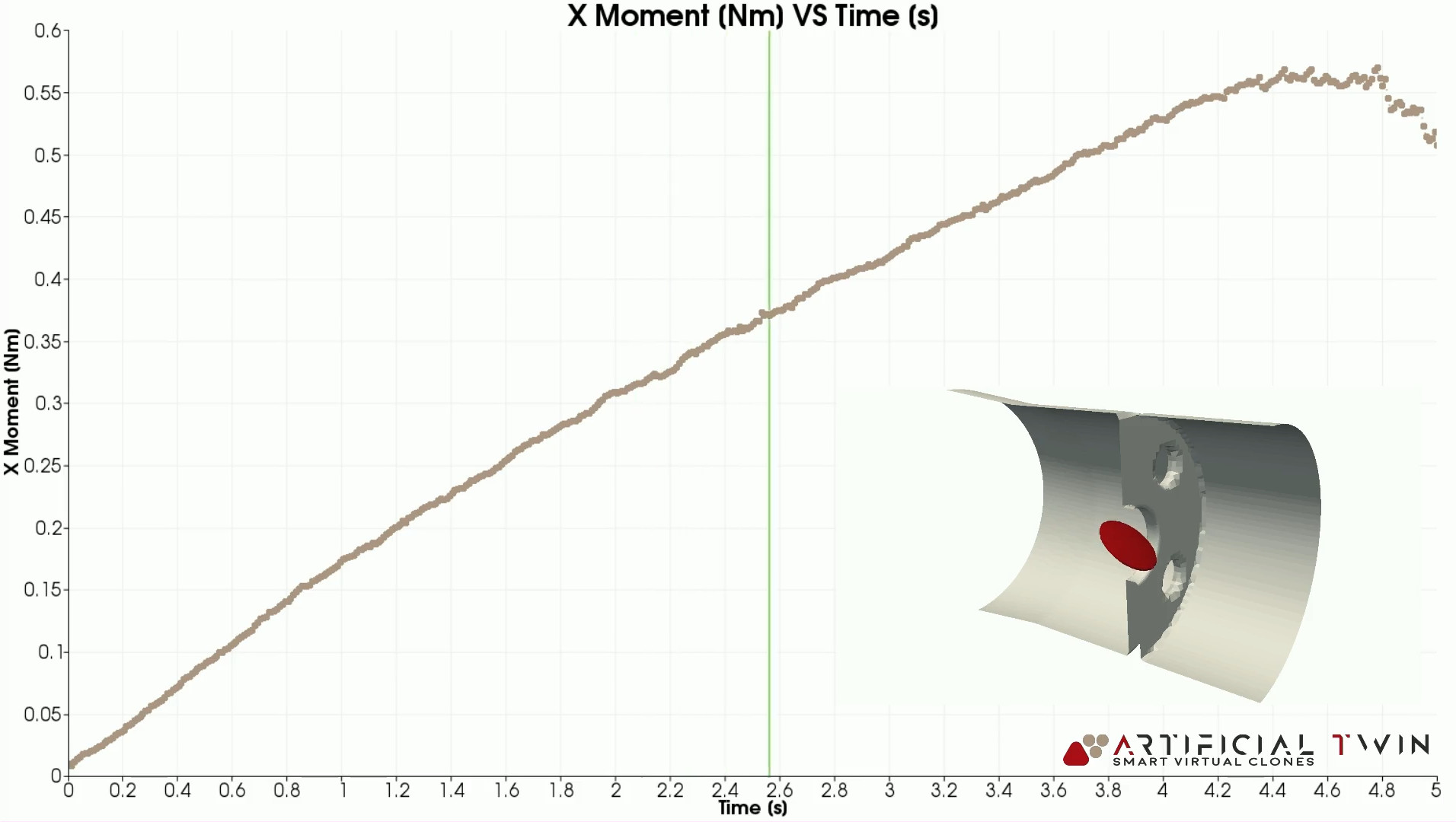Studying moving bodies effects on flows

Moving bodies immersed in fluid flows are found in a relevant number of contexts, and of course Oil & Gas is one of them.
This project is focused on the “Piping and Valves” equipment category, a very specific field often encountered in Energy and Oil & Gas industries. In particular, it analyzes the interaction occurring between a Variable Orifice Valve plate when it is operated while immersed in a gas flowing inside the valve. This plate mainly regulates the pressure drop across the valve, being one of the fundamental elements for process control in common industrial plants. When operated, it induces time-dependent variations on the fluid flow thermo-dynamics, depending on many factors such as plate shape and plate operation dynamics (velocity, operation kinematic law, etc.).
PhyMo implements modern, state of the art, technologies allowing to study moving objects interacting with fluid flows. By means of these capabilities, it is possible to investigate time-dependent flow behavior from both a qualitative and a quantitative point of view, visualizing variables evolution as well as plotting pressure drop or forces and moments values over time.
This is what has been done in this study, details are presented in the following sections.

Analysis details
Given the presence of moving bodies, which induce flow variables instantaneous changes, this analysis is time-dependent by definition. The CAD model has to be properly prepared, separating moving objects from fixed ones, and the computational grid is created accordingly, differentiating the former from the latter. PhyMo offers advanced meshing capabilities, making possible to handle such complex contexts intuitively while maintaining state of the art accuracy.
In order to completely define the problem, one has to assign specific values to variables at the boundaries of the domain: prescribe flow velocity at the domain inlet, set a fixed outlet pressure, and a no slip (adherence) condition on solid walls. In case of moving bodies, one also has to prescribe the “law of motion” for the moving part: in this case a simple rotation around an axis passing through a user specified point with a fixed rotational speed has been used.
With a correctly and completely set problem, the software is able to start the calculation. Being a time-dependent simulation, it will continue until it reaches the user-defined final time, in this case 5 seconds. Once completed, the results file can be post processed to obtain relevant insights on how the system behaves.

Results visualization
When visualizing simulation results, typically, one faces two broad categories: qualitative results and quantitative ones. The first group has the great pro of providing the user with a, high level, general, comprehensive overview of what is happening inside the computational domain. It is very useful to have a first understanding of the phenomenology standing behind the curtains, for example identifying high speed zones or turbulence enhancing elements. The second result type is extremely useful to accurately quantify variables of interest, using these numbers to uniquely drive product design and optimization. They can be used for example to estimate performance improvement or anticipate product failure.
As usual, in this study we included inside the final report both qualitative and quantitative results: the image above, for example, presents the flow lines path in a particular simulation instant, while the one on the left shows a chart of the X momentum acting on the valve plate as a function of time.
A comprehensive results overview is shown in the video below, it groups together many different results visualization techniques: velocity flow field contour, pressure contour, streamlines, surface pressure contours, pressure along valve longitudinal axis evolution over time, and X momentum acting on the valve plate as a function of time.
Same approach, large number of potential applications
Moving parts are often encountered in industrial contexts: from valves to fans, from mixing tanks to internal duct flaps, they all present elements that change their position during operation to achieve a particular goal, like controlled modulation of pressure drop or kinetic energy transfer.
The approach presented in this study can be easily extended to a large number of adjacent cases, since the physics which stands behind it is the very same. PhyMo makes thus possible to simulate all those contexts where an element moves inside the computational domain, investigating how it influences flow behavior timestep by timestep.

